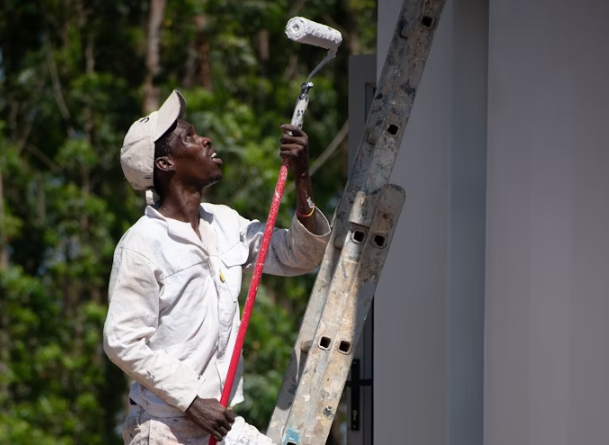A fresh coat of paint can transform a room, refresh a façade, and increase the perceived value of a property. Whether the goal is to update a home’s aesthetic or protect it from weather elements, painting is often the most cost-effective route. But behind every flawless finish lies something more than brush strokes and color choice: preparation. Too often overlooked, the groundwork before a single drop of paint is applied defines the outcome. Without this foundation, the most expensive paints and experienced painters may fall short of delivering results that last. This article explores the critical elements of preparation and why skipping them is a costly mistake.
Why Surface Readiness Impacts the Final Look
Before painting begins, the surface must be free of dirt, grease, loose paint, mildew, and any other debris. A clean, dry, and smooth wall offers the right base for paint to bond with. This adhesion affects not only the appearance but how long the paint remains intact. Skipping surface readiness can lead to peeling, cracking, or discoloration within months. During this process, professionals often take time to evaluate the specific conditions of the surface. These include whether the previous layer was oil or water-based, the humidity levels, and the texture of the material. In homes with multiple renovations or repairs, it’s not uncommon to find surfaces that have been poorly patched or unevenly painted over. Fixing these flaws ahead of time reduces the likelihood of visible inconsistencies later. You can also find out more about different painting styles experts can do. This speaks to the value of professional service, preparation isn’t just about washing a wall; it’s about understanding how different paint types respond to a properly prepped surface. That knowledge translates into better adherence, smoother finishes, and colors that hold their tone longer.
The Role of Priming and Sealing
Primer is not just a base layer, it acts as a bridge between the surface and the topcoat. For drywall, new wood, or surfaces with stains, using the right primer can be the difference between an uneven finish and a seamless result. Without primer, paint might absorb into the surface unevenly, requiring multiple coats and still resulting in patchy sections.
Sealing, on the other hand, is often necessary for porous materials like brick or previously untreated wood. It protects the material from absorbing too much paint or moisture, which can lead to warping, rot, or internal damage. Painters who skip this step often find themselves battling blotchy textures or weakened structural areas within a year.
Priming also helps in cases where the old color is dark or starkly different from the new choice. Rather than layering multiple coats of paint, a solid primer neutralizes the existing tone, allowing for accurate color application with less material waste. Beyond aesthetics, this contributes to better coverage and paint longevity.
Repairing Cracks, Holes, and Imperfections
Walls aren’t always as flawless as they appear. Small holes from picture frames, cracks from settling foundations, and uneven textures can all interfere with the final coat. These blemishes might seem insignificant, but the paint accentuates rather than hides flaws.
Patching and sanding are two standard techniques used during preparation. Once holes are filled with the appropriate filler, sanding down the area creates a level surface. Skipping this process means that every bump or ridge will become more visible once painted, especially with satin or gloss finishes.
In some cases, damage runs deeper than surface issues. Water damage might have left drywall weak or moldy beneath the paint. Painting over such spots not only results in visual imperfections but can mask larger issues that worsen over time. Professional painters take time to identify and rectify these concerns before moving forward.
Taping, Masking, and Protecting Non-Painted Areas
Precision is a hallmark of quality painting, and much of that begins with protecting the areas not meant to be painted. This includes taping baseboards, window trim, light switches, and door frames. Paint bleed can quickly ruin the clean lines of a room, leaving a less-than-professional finish.
Drop cloths and plastic sheeting are also part of the preparation arsenal. Covering floors and furniture isn’t just about keeping paint off surfaces, it saves time on cleanup and avoids accidental staining. For exterior jobs, covering plants and outdoor fixtures serves a similar function.
Good preparation can save hours post-project. When time is spent carefully applying tape and masking film, the result is a crisp, clean boundary between colors and surfaces. Removing paint from unwanted areas is far more time-consuming than preventing it in the first place.
A beautiful paint job begins long before the roller meets the wall. It’s in the cleaning, patching, sealing, and priming. Those who rush through it may still get color on the walls, but what they won’t get is the flawless, long-lasting finish that turns a paint job into a transformation.
Sujan Pariyar is an internationally accomplished writer and entrepreneur, with his work featured in various renowned international magazines. Known for his innovative ideas and compelling storytelling, Sujan continues to inspire and engage audiences around the world.
